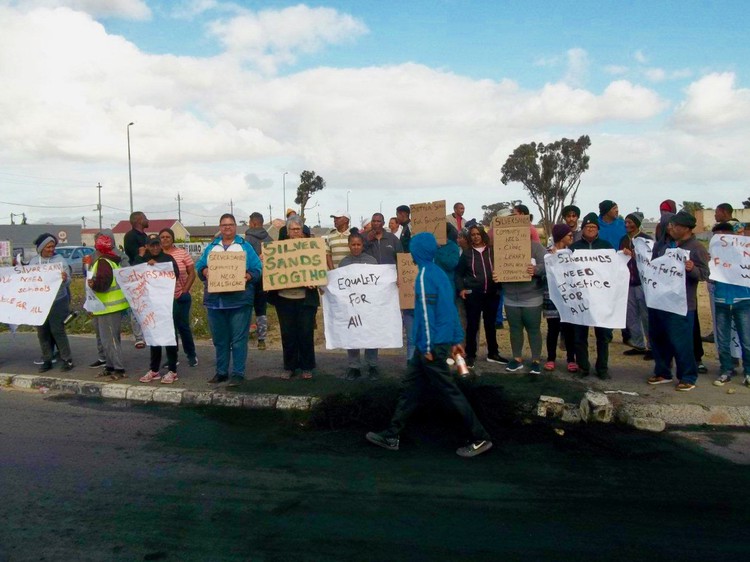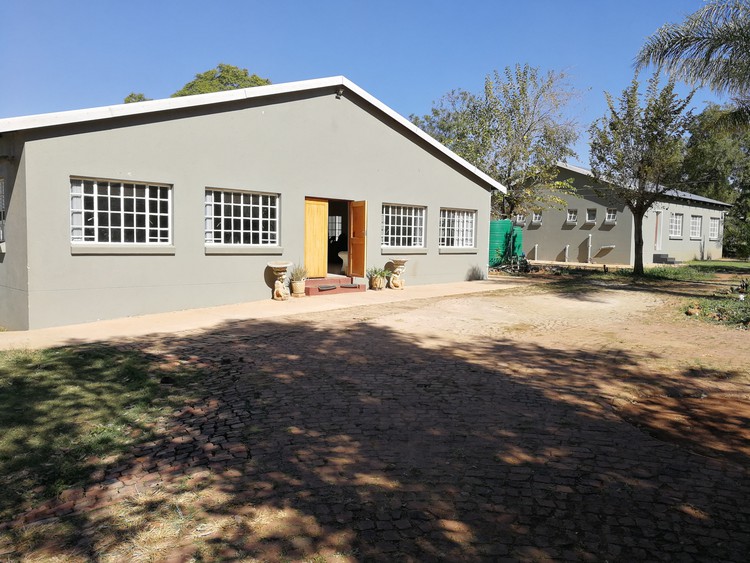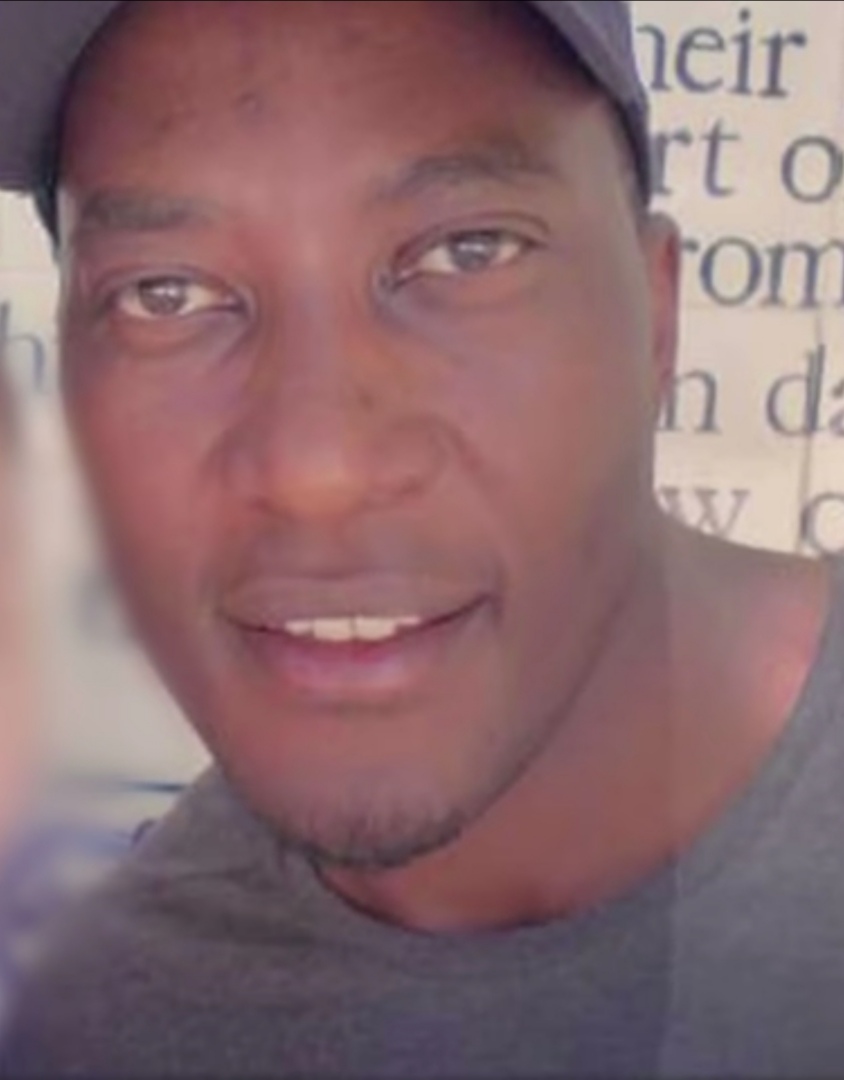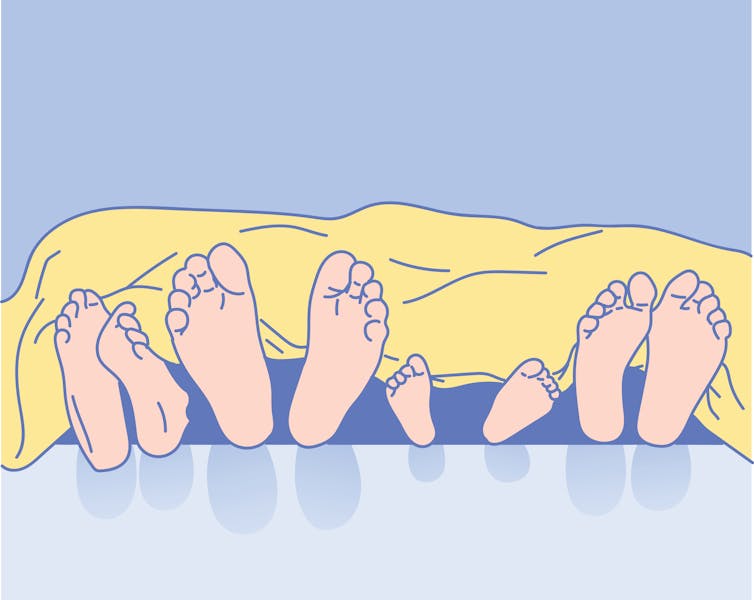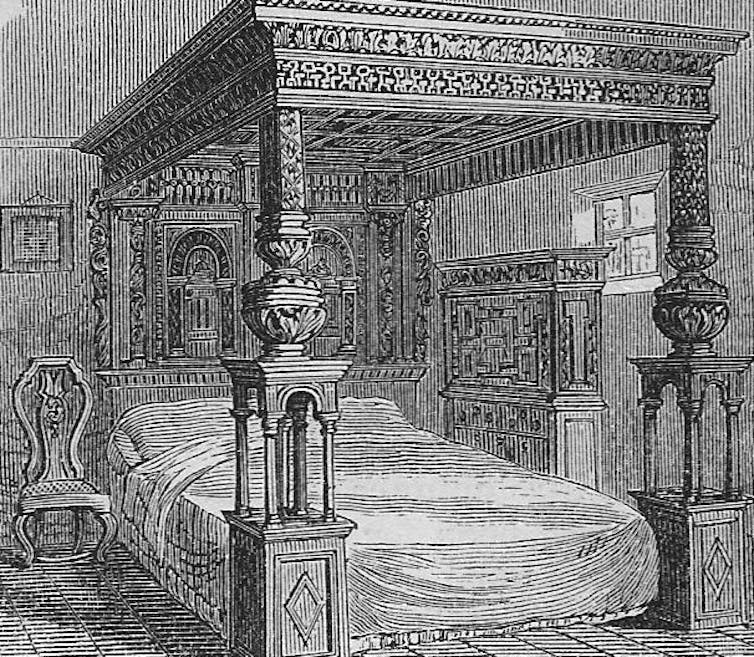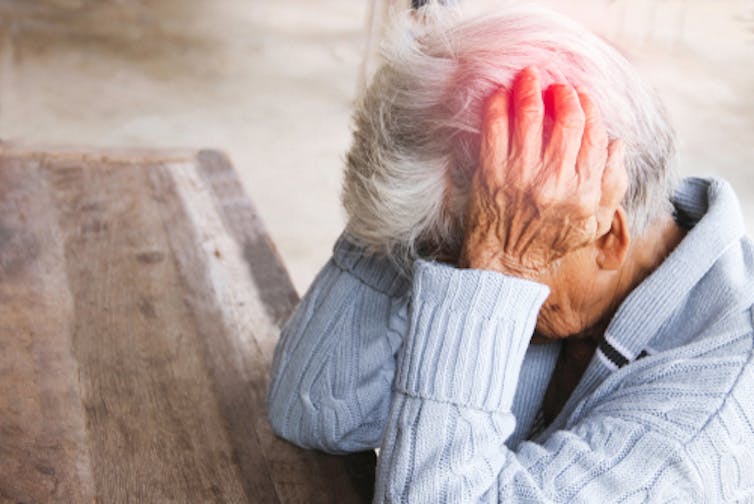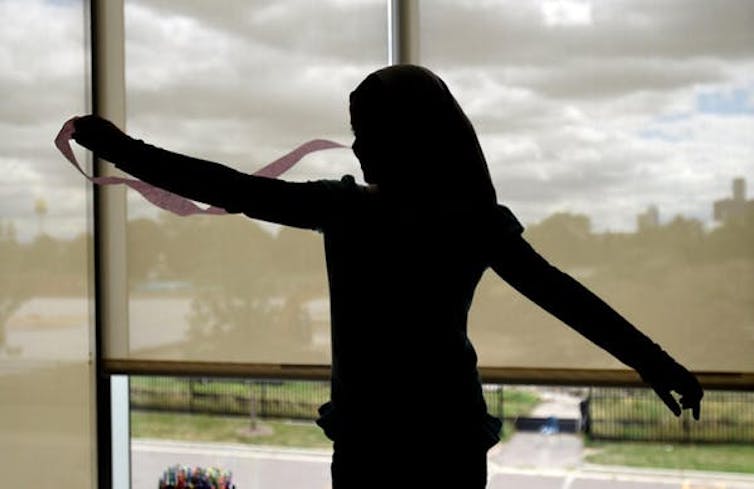Community want potholes and sewers fixed and a police station, clinic, taxi rank and library built
Dozens of residents barricaded Heidelberg Road with burning tyres to
vent their frustration over a lack of services in Silversands, Blue
Downs. Traffic was disrupted for about two hours on Monday.
The protesters carried placards that read: “Silversands community needs health care” and “Backyarders need housing”.
Silversands community spokesperson Pakamisa Keswa said the protesters came from Hindle Corridor, which includes Fairdale, Sunbird Park, Summerville and Camelot.
Keswa said, “The residents have been staying here for more than 21 years, but they don’t see service delivery in their areas.”
The protesters wanted a police station in Silversands. Currently people have to walk an hour to Mfuleni to report crime.
“Every week our toilets get blocked and our storm water drains break down. We want the government to fix them permanently,” said Matthew Vigeland. “Shit comes out of the drains and streams down our road.”
He also said the roads were full of potholes.
Teressa Heckrath said the community wanted a clinic with a maternity ward, a taxi rank and a library.
“It’s dangerous to walk to Mfuleni clinic for those who don’t have cars as they get mugged along the way,” she said.
She said people had to wait without shelter for taxis to other places for services. “How do pregnant women and senior citizens get medical attention?” she asked.
“Our kids use a mobile library that comes once in a while. Because it doesn’t have enough resources for our kids to do their school projects, they go to a better resourced library in Kuils River,” she said.
Basil Smith, Chairperson of Silversands Neighbourhood Watch, said he and other patrollers had been struggling for five years to get basic equipment. “We don’t have torches, two-way radios. The ones we have are outdated and don’t function properly, so we need new torches, jackets,” he said. “We use our own cars and petrol when we patrol, so we want funding.”
Ward 108 Councillor Thembisile Bathembu (ANC) did not respond to GroundUp’s questions.
Mayco member for Human Settlements Malusi Booi said the City is “currently following due process with the Blueberry Hill Housing Project in Blue Downs” — “a mixed-use development” that will have land “available for commercial and business uses, schools and other community facilities such as crèches, churches, parks, etc”. The “actual construction of these will remain the responsibility of the respective departments such as Department of Education, Health etc,” said Booi.
Captain FC van Wyk of SAPS said: “This office is unaware of the complaints or dissatisfaction of the Silversands Neighbourhood watch. We, therefore request that they direct their complaints or dissatisfaction directly to the acting Station Commander, Colonel Mvumbi, and not through the media.”
© 2019 GroundUpThe protesters carried placards that read: “Silversands community needs health care” and “Backyarders need housing”.
Silversands community spokesperson Pakamisa Keswa said the protesters came from Hindle Corridor, which includes Fairdale, Sunbird Park, Summerville and Camelot.
Keswa said, “The residents have been staying here for more than 21 years, but they don’t see service delivery in their areas.”
The protesters wanted a police station in Silversands. Currently people have to walk an hour to Mfuleni to report crime.
“Every week our toilets get blocked and our storm water drains break down. We want the government to fix them permanently,” said Matthew Vigeland. “Shit comes out of the drains and streams down our road.”
He also said the roads were full of potholes.
Teressa Heckrath said the community wanted a clinic with a maternity ward, a taxi rank and a library.
“It’s dangerous to walk to Mfuleni clinic for those who don’t have cars as they get mugged along the way,” she said.
She said people had to wait without shelter for taxis to other places for services. “How do pregnant women and senior citizens get medical attention?” she asked.
“Our kids use a mobile library that comes once in a while. Because it doesn’t have enough resources for our kids to do their school projects, they go to a better resourced library in Kuils River,” she said.
Basil Smith, Chairperson of Silversands Neighbourhood Watch, said he and other patrollers had been struggling for five years to get basic equipment. “We don’t have torches, two-way radios. The ones we have are outdated and don’t function properly, so we need new torches, jackets,” he said. “We use our own cars and petrol when we patrol, so we want funding.”
Ward 108 Councillor Thembisile Bathembu (ANC) did not respond to GroundUp’s questions.
Mayco member for Human Settlements Malusi Booi said the City is “currently following due process with the Blueberry Hill Housing Project in Blue Downs” — “a mixed-use development” that will have land “available for commercial and business uses, schools and other community facilities such as crèches, churches, parks, etc”. The “actual construction of these will remain the responsibility of the respective departments such as Department of Education, Health etc,” said Booi.
Captain FC van Wyk of SAPS said: “This office is unaware of the complaints or dissatisfaction of the Silversands Neighbourhood watch. We, therefore request that they direct their complaints or dissatisfaction directly to the acting Station Commander, Colonel Mvumbi, and not through the media.”
23 October 2019 By Vincent Lali
